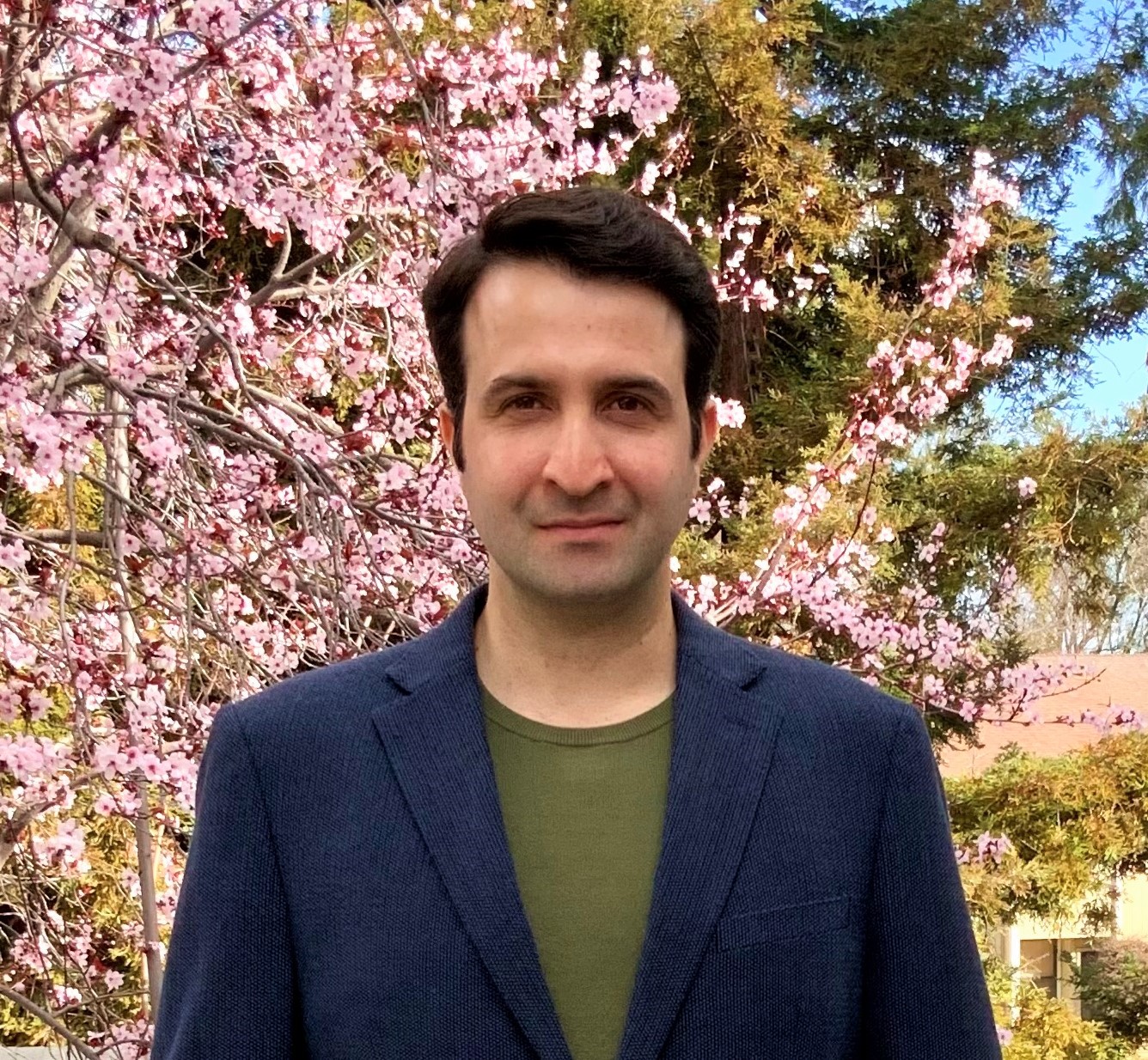Dissertation Defense
Next Generation Terahertz Systems using Nonlinear Phenomena
This event is free and open to the publicAdd to Google Calendar

Passcode: THz
Terahertz frequencies have opened a plethora of unique applications in the fields of sensing, spectroscopy, imaging, and communications. The short wavelength, see-through capability, and availability of wide bandwidth in the terahertz band make it an essential player for high-resolution sensing and imaging and high-speed communication networks. However, THz systems suffer from the immaturity of available electronic technologies in generating and detecting THz frequencies. The current advanced silicon processes have a maximum operation frequency limit fmax of about 400 GHz, which limits the device activity close to fmax. The maximum frequency limitation comes with weaker output power and restricted bandwidth of transmitters, as well as poor sensitivity of receivers. To overcome these challenges, we leverage three types of nonlinearities well-known in optics across electronic circuits to improve the performance of THz systems. These nonlinear phenomena include self-injection locking (SIL), dissipative quadratic soliton (DQS), and plasmonic waves.
The first part of this talk will explore the THz imaging systems using frequency-modulated continuous wave (FMCW) radars. We demonstrate how SIL and DQS nonlinearities break the conventional constraint of range resolution in FMCW radars and significantly enhance radar range accuracy. The second part of the talk is devoted to exploring plasmonic waves on a super-continuum transistor array to push the transistors to operate above their fmax. This approach blends device physics, plasma wave propagation phenomena, electromagnetics, and ideas inspired by microwave vacuum tubes (Klystron and traveling-wave tubes) into a coherent theme fully compatible with standard electronic processes.
Chair: Professor Ehsan Afshari
 MENU
MENU 
